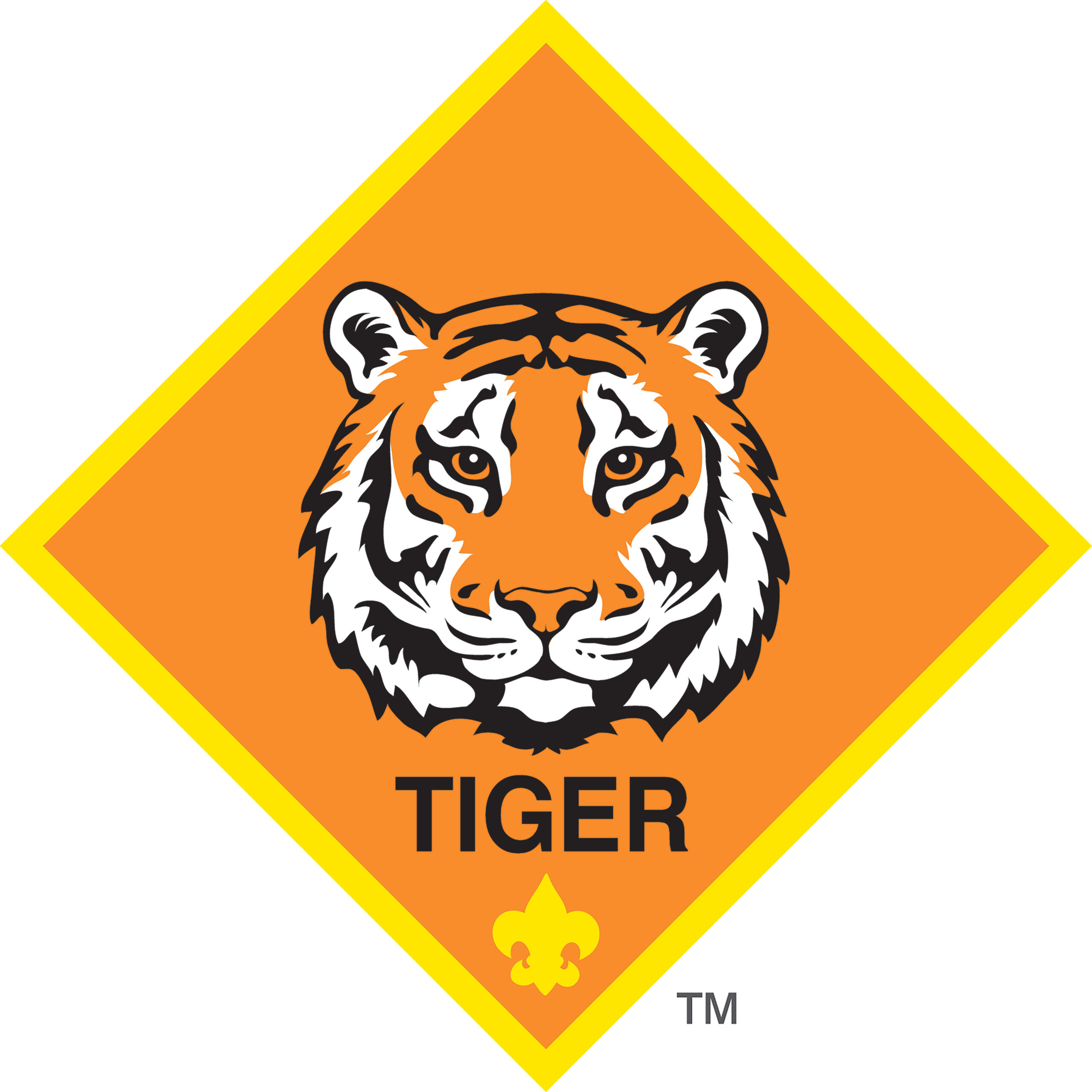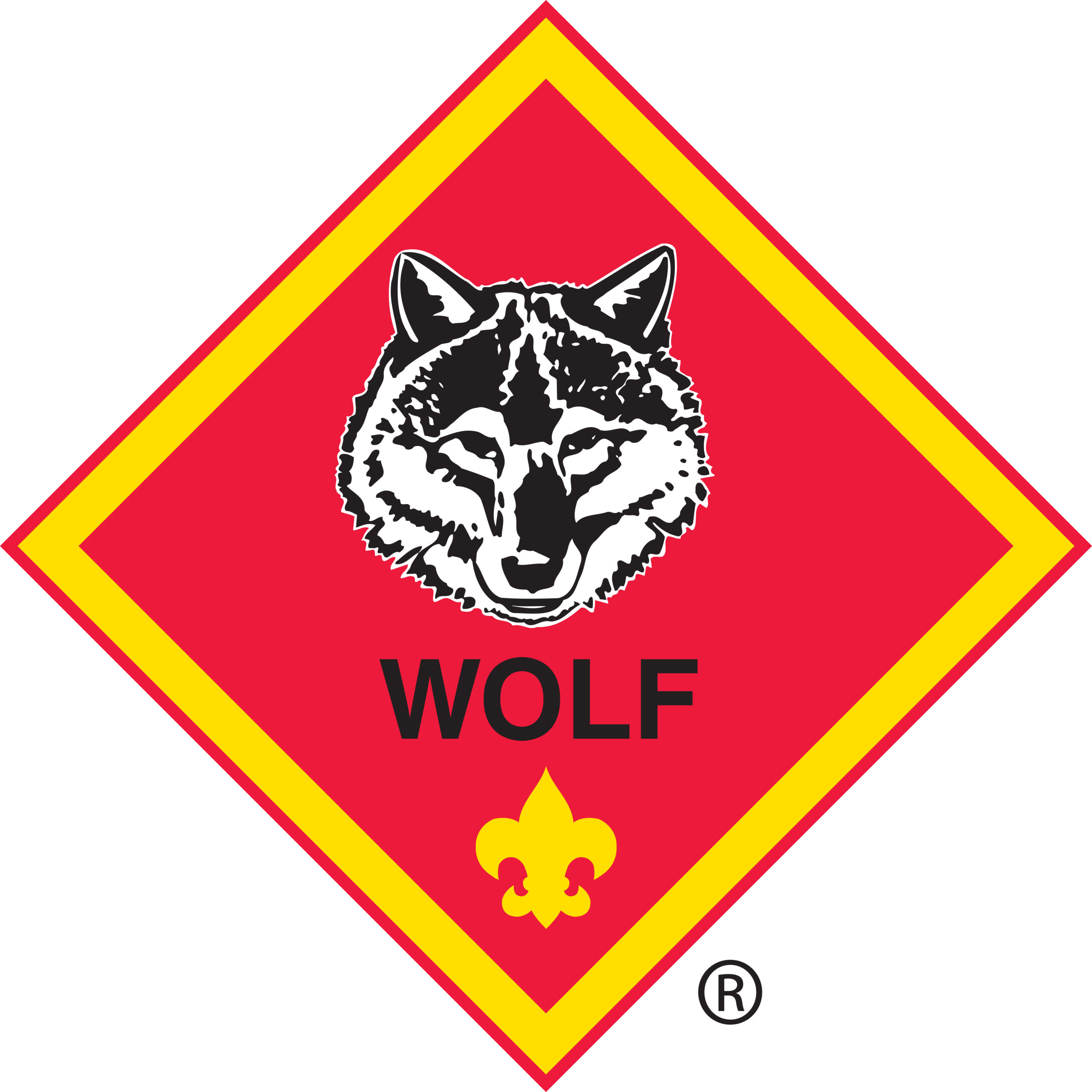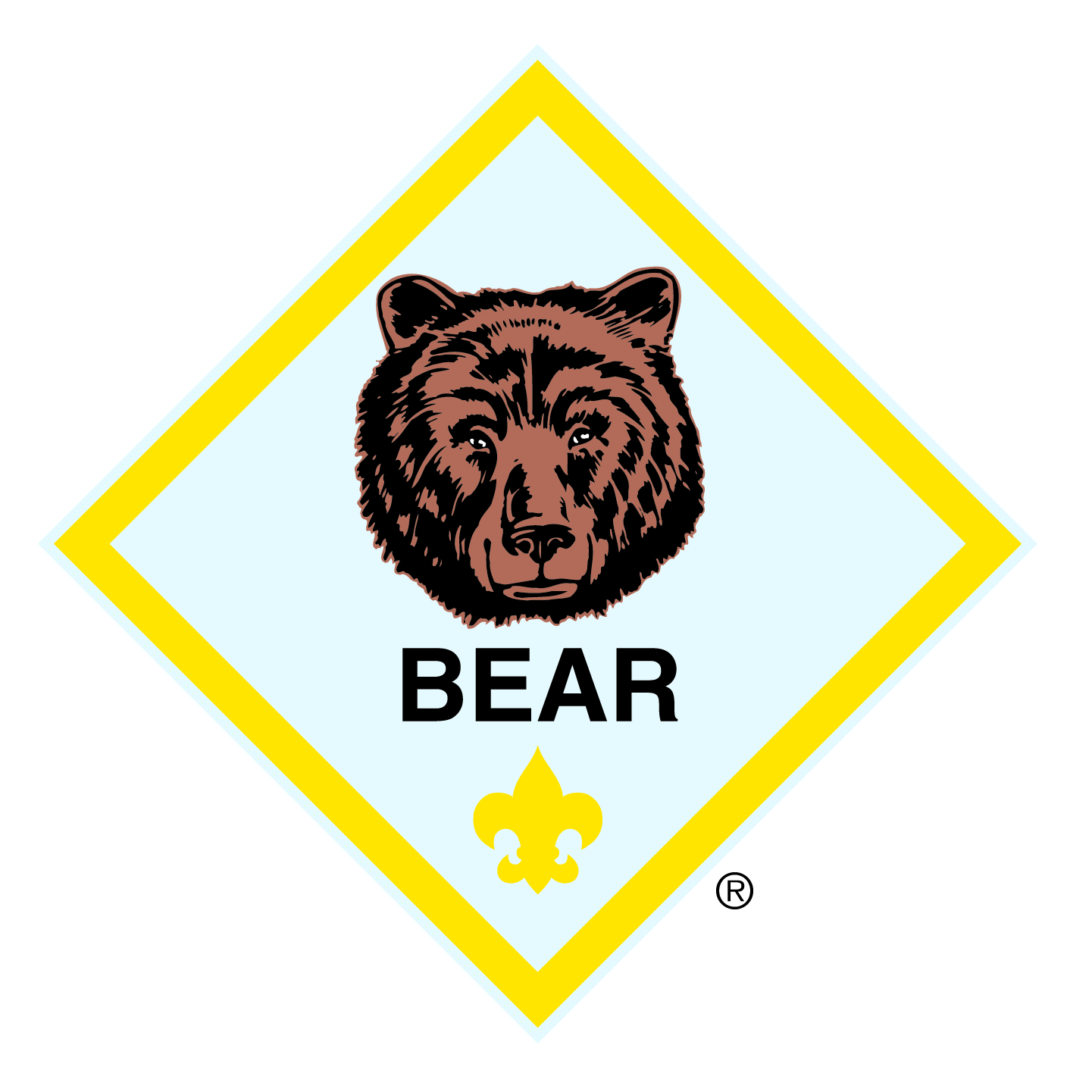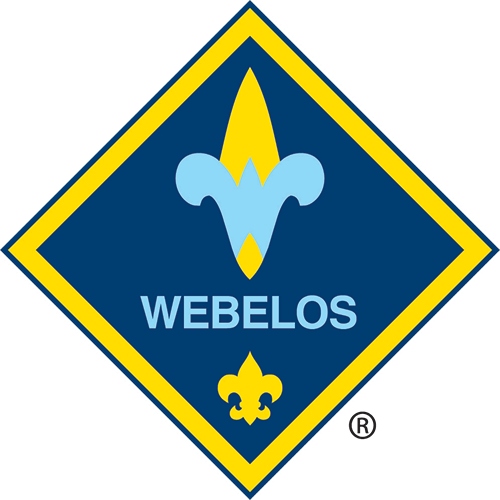Cub Scouting is a program of Scouting America, formerly Boy Scouts of America (Scouts BSA), whose overall mission is to help young people build character, learn citizenship, and develop personal fitness.






Cub Scout Structure
- Kindergartners are Lions
- First Graders are Tigers
- Second Graders are Wolves
- Third Graders are Bears
- Fourth Graders are Webelos
- Fifth Graders are Arrow of Light
The scouts from each grade level form a DEN. These generally consist of 5-20 scouts.
All the Dens combined form the PACK, which is the entire K-5 grade group.
All Packs within the neighboring cities form the Gateway DISTRICT.
Several Districts combine to form the Simon Kenton COUNCIL, which for the most part consists of Central Ohio.
Purposes of Cub Scouting
Cub Scouting is a year-round, family-oriented part of the Boy Scouts of America program. Parents, leaders, and organizations work together to achieve the 10 purposes of scouting:
- Character Development
- Spiritual Growth
- Good Citizenship
- Sportsmanship & Fitness
- Family Understanding
- Respectful Relationships
- Personal Achievement
- Friendly Service
- Fun & Adventure
- Preparation for Boy Scouts
The Methods of Scouting
Cub Scouting uses eight specific methods to achieve Scouting’s aims of helping children and young adults build character, train in the responsibilities of citizenship, and develop personal fitness. These methods are incorporated into all aspects of the program. Through these methods, Cub Scouting happens in the lives of kids and their families.
1. The Ideals:
The Cub Scout Oath, and the Cub Scout sign, handshake, motto, and salute all teach good citizenship and contribute to a child’s sense of belonging.
2. The Den:
The den is the place where children learn new skills and develop interests in new things. They have fun in den meetings, during indoor and outdoor activities, and on field trips. As part of a small group of six to eight kids, they are able to learn sportsmanship and good citizenship. They learn how to get along with others. They learn how to do their best, not just for themselves, but also for the den.
3. Advancement:
The advancement plan provides fun for the Scouts, gives them a sense of personal achievement as they earn badges, and strengthens family understanding. Cub Scout leaders and adult family members work with Scout on advancement projects.
4. Family Involvement:
Family involvement is an essential part of Cub Scouting. When we speak of parents or families, we are not referring to any particular family structure. Scouting is one of the very few activities where parents and caregivers can participate with their child.
5. Activities:
In Cub Scouting, children participate in a wide variety of den and pack activities, such as games, projects, skits, songs, outdoor activities, and campouts. Also, the Cub Scout Academics and Sports program and Cub Scouting’s Fun for the Family include activities that encourage personal achievement and family involvement.
6. Home & Neighborhood-Centered:
Cub Scouting meetings and activities happen in urban areas, in rural communities, in large cities, in small towns – wherever Scouts live.
7. The Uniform:
The Cub Scout uniform helps build pride, loyalty, and self-respect. Wearing the uniform to all den and pack meetings and activities also encourages a neat appearance, a sense of belonging, and good behavior.
8. Making Character Connections:
Throughout the program, leaders learn to identify and use character lessons in activities so kids can learn to know, commit, and practice the 12 core values of Cub Scouting. Character Connections are included in all the methods of Cub Scouting and are the program themes for monthly pack meetings.
The 12 Core Values of Scouting
Citizenship
Contributing service and showing responsibility to local, state, and national communities.
Compassion
Being kind and considerate, and showing concern for the well-being of others.
Cooperation
Being helpful and working together with others toward a common goal.
Courage
Being brave and doing what is right regardless of our fears, the difficulties, or the consequences.
Faith
Having inner strength and confidence based on our trust in God.
Health and Fitness
Being personally committed to keeping our minds and bodies clean and fit.
Honesty
Telling the truth and being worthy of trust.
Perseverance
Sticking with something and not giving up, even if it is difficult.
Positive Attitude
Being cheerful and setting our minds to look for and find the best in all situations.
Resourcefulness
Using human and other resources to their fullest.
Respect
Showing regard for the worth of something or someone.
Responsibility
Fulfilling our duty to God, country, other people, and ourselves.
